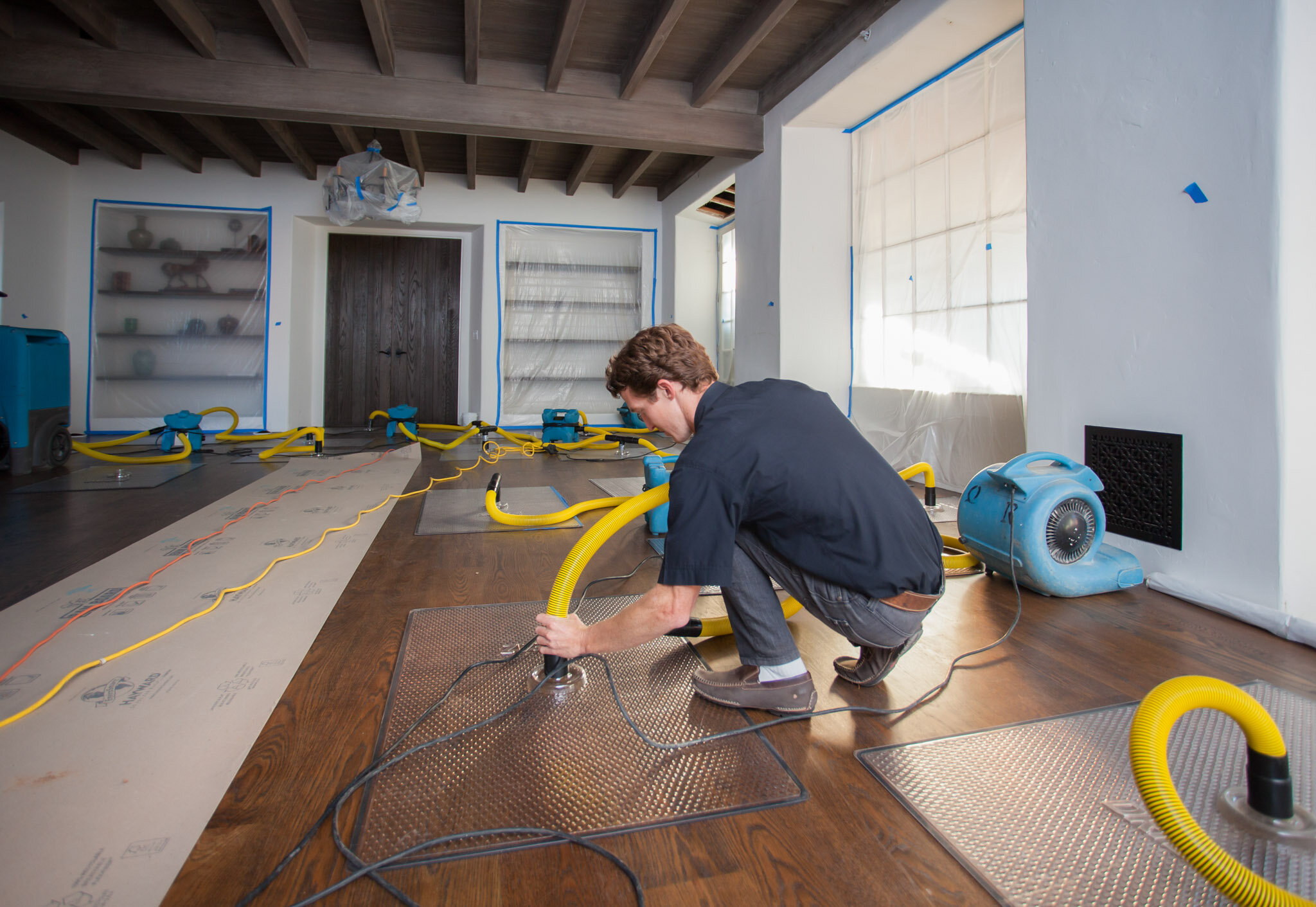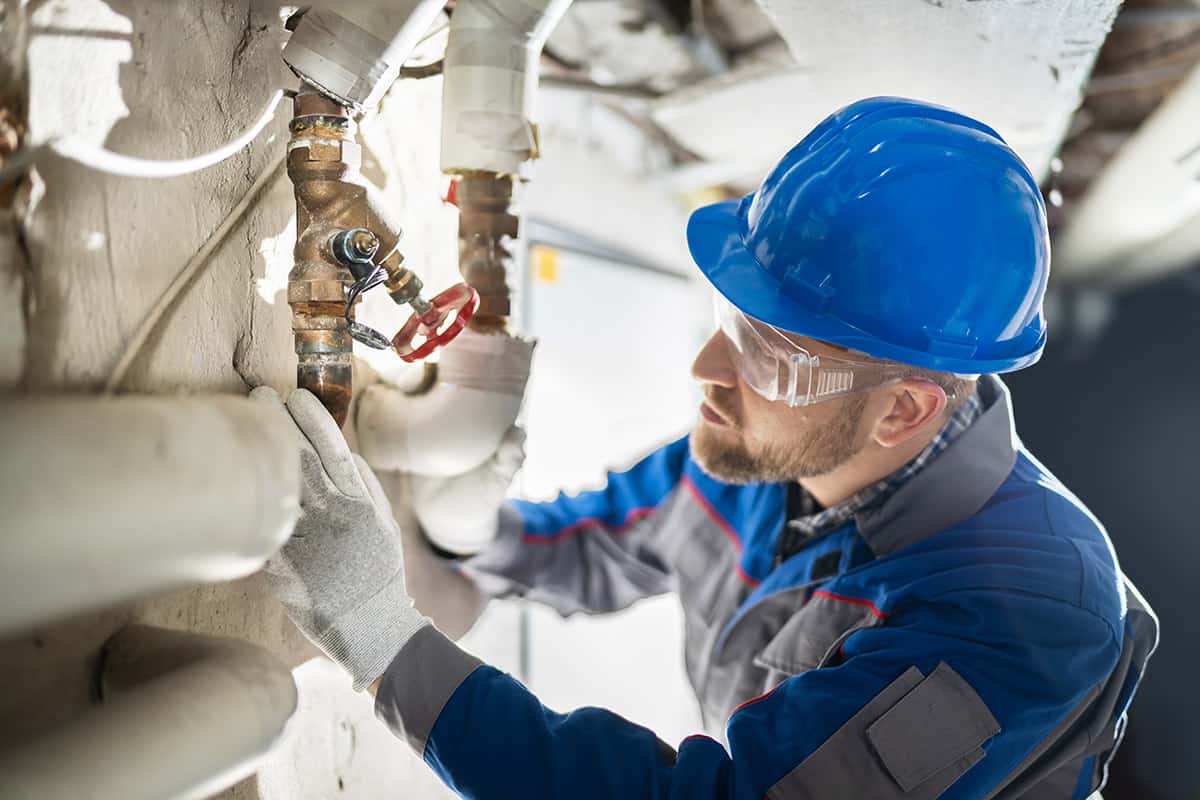Questions before hiring a Water Damage Restoration company
Wiki Article
Leading Tips for Effective Water Damage Restoration: Protect Your Home Today
Water damage can strike unexpectedly, creating substantial disruption and possible dangers. Reliable restoration calls for a systematic strategy to lessen more damage. From examining the damage to executing safety nets, each step plays a crucial function in safeguarding residential or commercial property. Recognizing these approaches can make all the distinction in the consequences of a water-related situation. What important activities should be focused on to guarantee complete protection?Analyze the Damage Instantly
When a water damage event takes place, it is necessary to evaluate the damage quickly to reduce further concerns. This first examination assists identify the extent of the damage and identifies influenced areas. Water can seep right into wall surfaces, floors, and furnishings, leading to mold and mildew development and structural instability otherwise addressed quickly. A detailed inspection must consist of checking for discoloration, wetness, and stuffy odors, which show moisture existence. It is also essential to record the damage with photos and notes for insurance purposes. Involving specialists for a more thorough evaluation may be required, particularly when handling extensive or concealed damage. Flood Cleanup Services. Early recognition and accurate analysis lay the structure for effective restoration and secure the property from added issuesTurn off the Water Supply
Turning off the water supply is a vital action in protecting against further damage throughout a water-related incident. When a leakage or flooding takes place, immediate action is important to minimize the degree of the damage. Situating the major water shut-off shutoff should be a concern. This valve is usually situated near the water meter or where the water line gets in the residential property. When situated, turning the valve clockwise will certainly quit the flow of water. In instances where the main valve is inaccessible, specific shut-off shutoffs for devices might additionally be made use of. Quickly shutting down the water supply not only shields the residential or commercial property from additional harm however likewise facilitates the succeeding restoration procedure, ensuring that recuperation initiatives can start immediately.Remove Excess Water Quickly

Eliminating excess water quickly is important for reducing damage and stopping mold and mildew development in impacted locations. The longer water remains touching products such as insulation, drywall, and timber, the better the risk of structural damage and the advancement of mold. Water Extraction And Drying. House owners ought to act promptly to analyze the circumstance and make use of appropriate tools, such as damp vacuums or pumps, to extract standing water effectively. If the volume of water is considerable, speaking to specialist restoration solutions might be necessary, as they can offer specialized devices and knowledge. Furthermore, getting rid of furnishings and valuables from the afflicted area can aid to lower damage and help with the total restoration process. Prompt activity not just secures building yet also aids in a smoother healing trip
Dry the Affected Location
After getting rid of excess water, it is vital to dry the damaged location extensively. This entails removing any standing water and enhancing air circulation to facilitate evaporation. Efficient drying will aid protect against mold growth and further damage.
Eliminate Standing Water
Promptly dealing with standing water is vital for reliable water damage restoration. The existence of stationary water can bring about additional residential or commercial property damage and produce a setting helpful to mold and mildew growth. To mitigate these threats, it is essential to eliminate standing water as quickly as possible. This procedure usually involves using submersible pumps, wet vacuums, or specialized removal equipment. Experts suggest evaluating the depth and degree of the water before choosing on the appropriate technique for removal. Safety and security preventative measures must likewise be taken, including using protective gear and guaranteeing power is turned off in affected locations. As soon as the standing water is properly eliminated, the drying process can start, further safeguarding the residential or commercial property from ongoing damage.Increase Air Flow
Enhancing air blood circulation is necessary for effectively drying locations impacted by water damage. This procedure aids to accelerate dissipation, minimizing the danger of mold and mildew and mold growth. Specialists typically recommend making use of followers to produce a stable air flow throughout the space. Putting box followers in windows can draw in fresh air, while high-velocity followers can direct air flow in the direction of damp surface areas. Water Damage Restoration. In addition, opening doors and windows permits cross-ventilation, boosting the drying out process. Dehumidifiers can likewise be used to remove excess moisture from the air, additional assisting in drying out. By ensuring that air flows easily, homeowner can significantly lessen the lasting impacts of water damage and safeguard the honesty of their structureCheck for Mold Development
Mold growth is a serious problem adhering to water damage, as it can bring about wellness concerns and structural degeneration. After any flooding or leakages, it is important to conduct a complete examination of the influenced locations. This includes monitoring surprise areas such as behind wall surfaces, under carpetings, and in attic rooms or basements where dampness might stick around. Indicators of mold and mildew consist of a mildewy smell, staining on surfaces, or visible growth. Homeowner ought to utilize safety gear when inspecting, as mold and mildew spores can position health and wellness risks. If mold is discovered, it is vital to resolve it instantly, as postponing remediation can aggravate the problem and boost the danger of serious health and wellness problems for residents. Early treatment is essential to reliable mold administration.

Fixing and Restore Damaged Frameworks
When attending to water go to this site damage, it is important to very first examine the structural stability of the affected locations. This assessment helps determine possible hazards and educates the needed repair work approaches. Engaging specialist restoration services assures that the restoration process is performed securely and successfully.Evaluate Structural Integrity First
Prior to starting any kind of water damage restoration, it is necessary to evaluate the architectural honesty of the damaged area. This analysis helps identify any type of jeopardized aspects, such as beams, foundations, or walls, which might posture safety and security threats - Water Damage Restoration. Examining for signs of warping, splitting, or mold and mildew development is crucial, as these indications can disclose underlying damage that calls for immediate attention. In addition, recognizing the degree of the damage can assist restoration efforts and determine whether repairs are viable or if replacement is essential. It is important to record findings extensively, as this info can be useful for insurance claims or future reference. Prioritizing structural assessment assurances that restoration initiatives continue securely and successfully, eventually shielding the property and its residentsUsage Specialist Restoration Services
Making use of professional restoration services is important for efficiently repairing and recovering damaged structures after water events. These experts possess the necessary training, tools, and experience to minimize and examine water damage completely. They can determine hidden issues, such as mold and mildew growth and structural weak points, that might not be instantly apparent. Professional services additionally use sophisticated drying out techniques and tools, making certain that all wetness is gotten rid of to stop further damage. Additionally, they comply with market standards and laws, making sure that the restoration process is risk-free and effective. By engaging restoration professionals, homeowner can accelerate recovery, minimize lasting damage, and eventually protect their financial investment. This positive strategy is important in keeping the integrity and safety and security of affected structures.Stop Future Water Damage
To successfully prevent future water damage, home owners must embrace a positive technique to upkeep and repair work. Regular assessment of rain gutters, roofs, and downspouts is vital; blocked seamless gutters can result in water overflow and roof covering leaks. Furthermore, looking for leaks in plumbing components and devices can ward off potential damage. House owners need to additionally take into consideration installing sump pumps in cellars or low-lying areas to handle water buildup. Securing fractures in foundations and making sure correct water drainage around the property are important steps in protecting against water breach. Preserving moisture degrees with dehumidifiers can protect against mold and mildew development. By applying these safety nets, house owners can substantially reduce the threat of water damage and shield their residential or commercial property for the long term.When a water damage event happens, it is necessary to examine the damage immediately to mitigate further issues (Water Damage Restoration). Getting rid of excess water quickly is important for decreasing damage and preventing mold growth in influenced areas. Quickly dealing with standing water is critical for efficient water damage restoration. The presence of stagnant water can lead to additional property damage and develop a setting helpful to mold growth. Before initiating any water damage restoration, it is important to analyze the architectural integrity of the affected area
Report this wiki page